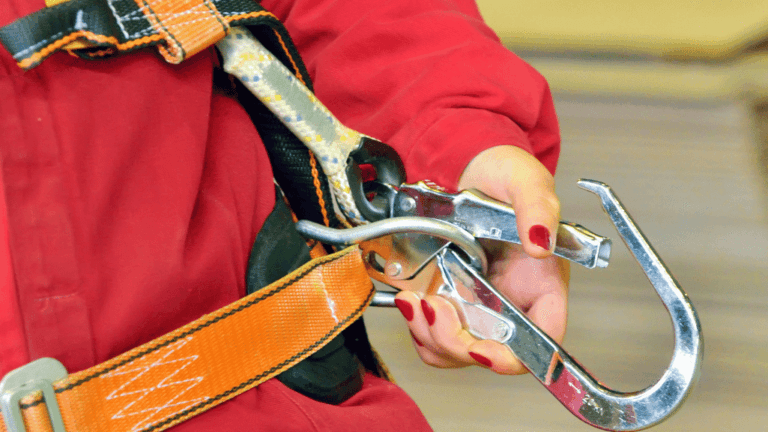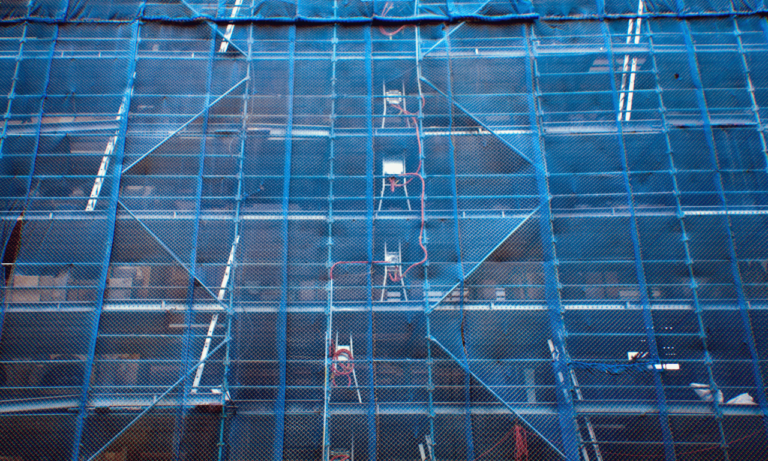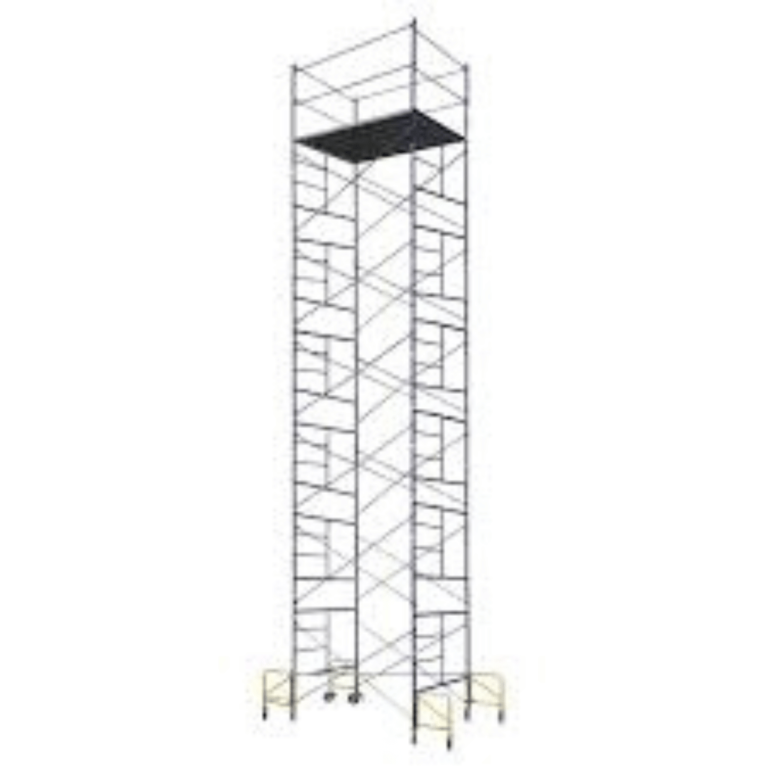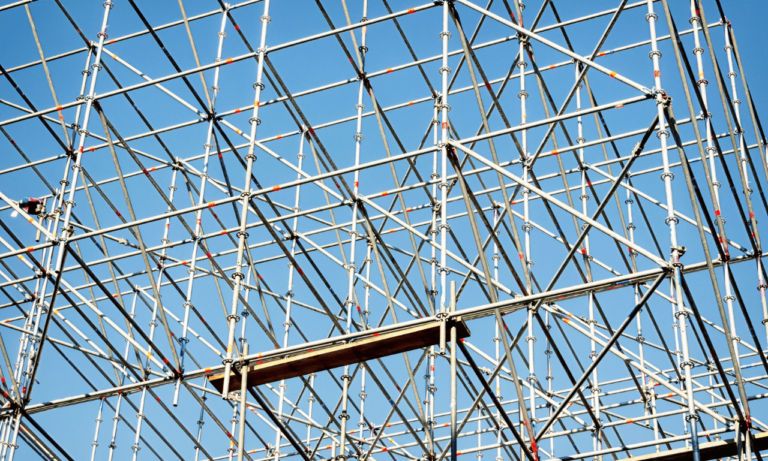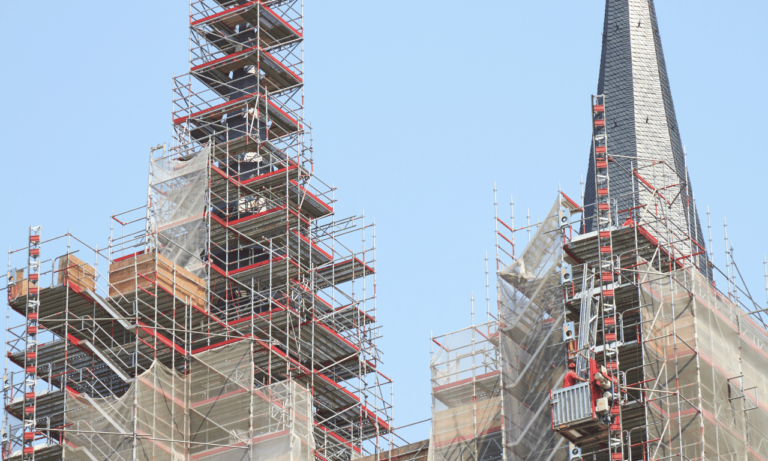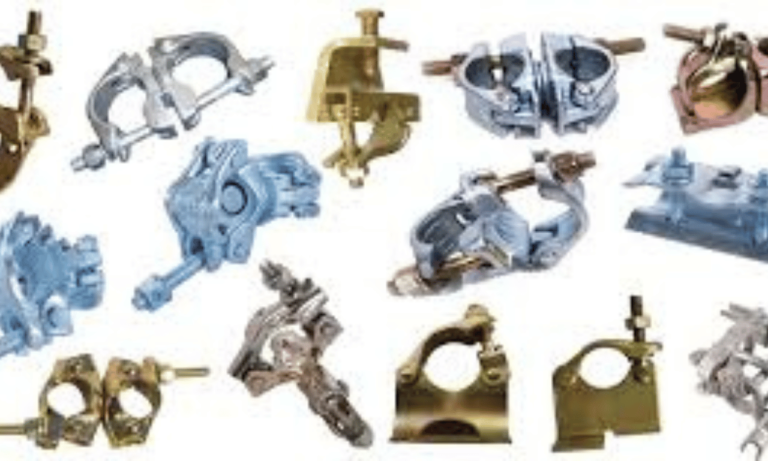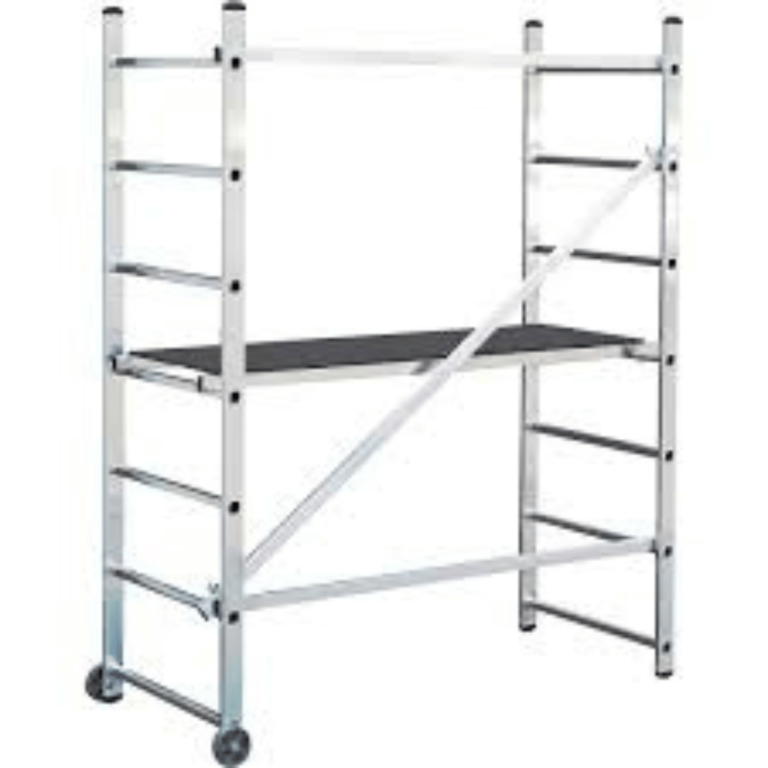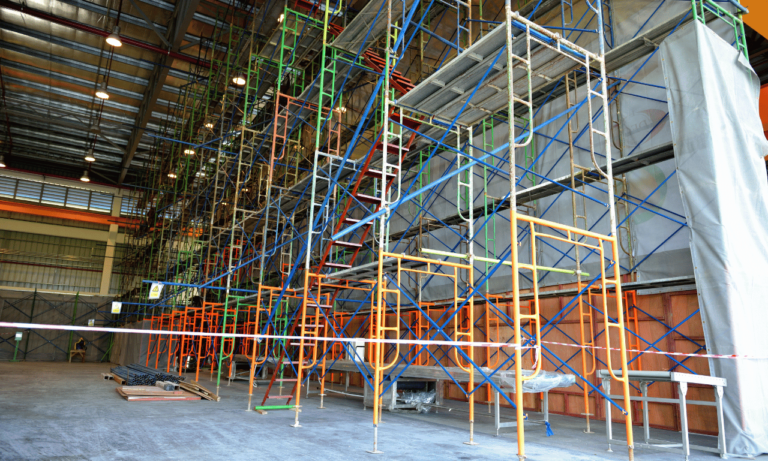Phone:
(+65)8319-0742
Facade scaffolding plays a crucial role in ensuring the safety and efficiency of construction projects. It involves the use of temporary access platforms and exterior building structures to provide workers with a secure and stable work environment. When it comes to construction scaffolding, it is essential to work with professional scaffolding contractors who specialize in providing commercial scaffolding solutions for various types of projects, including high-rise buildings.
Temporary access platforms are designed and engineered to meet the specific requirements of each project. They are carefully evaluated to ensure they can support the scaffolding system and provide a safe working environment for the workers. Improperly designed or erected scaffolding can cause damage to the building facade and put workers at risk.
By working with experienced scaffolding contractors, construction companies can ensure that the scaffolding system is tailored to the specific needs of the project. These professionals have expertise in designing and erecting scaffolding systems that provide optimal access to the building’s facade while ensuring the safety of workers.
Additionally, scaffolding contractors offer scaffold rental services, making it convenient for construction companies to access the necessary equipment without the need to invest in purchasing it. This helps companies save time and resources, allowing them to focus on the construction process.
Whether it’s for building maintenance scaffolding or industrial facade access, professional scaffolding contractors play a vital role in the successful execution of construction projects. They have the knowledge, experience, and expertise to provide safe and efficient scaffolding solutions, ensuring the continued integrity of the building’s exterior.
Key Takeaways:
- Facade scaffolding is essential for safe construction projects.
- Working with professional scaffolding contractors ensures tailored solutions and worker safety.
- Temporary access platforms provide secure and stable work environments.
- Scaffolding contractors offer scaffold rental services, saving time and resources.
- Expertise in commercial scaffolding solutions is crucial for high-rise buildings and industrial access.
Engineering Scaffolding Wall Ties for a Crumbling Facade
When working with older buildings with crumbling facades, special engineering considerations are necessary for securing the scaffolding system. The engineering solution often involves the use of scaffolding wall ties, which are designed to anchor the scaffold securely to the building’s facade. The engineering team evaluates the structural integrity of the facade and considers factors such as the building’s geometry, wind loads, and construction materials.
Various methods of securing the scaffold may be considered, including mechanical anchors, compression ties, cabling, and buttress scaffolds. These engineering solutions ensure that the scaffold is safely anchored to the building while minimizing the risk of damage to the facade.
Anchoring Methods for Scaffolding Wall Ties:
| Scaffolding Wall Ties Method | Description |
|---|---|
| Mechanical Anchors | Secure the scaffold using bolts, screws, or pins driven directly into the building’s structure. |
| Compression Ties | Utilize compression butt ties that apply pressure against the facade to ensure a secure anchoring point. |
| Cabling | Use steel cables to provide additional support and anchoring to the scaffolding system. |
| Buttress Scaffolds | Construct temporary scaffolding structures that lean against the building’s facade to provide stability and anchoring. |
By employing these secure scaffold anchoring methods, construction teams can maintain the safety and stability of the scaffolding system while working on the crumbling facade. Additionally, these engineering solutions ensure that the facade is protected from potential damage, preserving the structural integrity of the building.
Case Study: Engineering Solution for Scaffold Ties on a Crumbling Facade
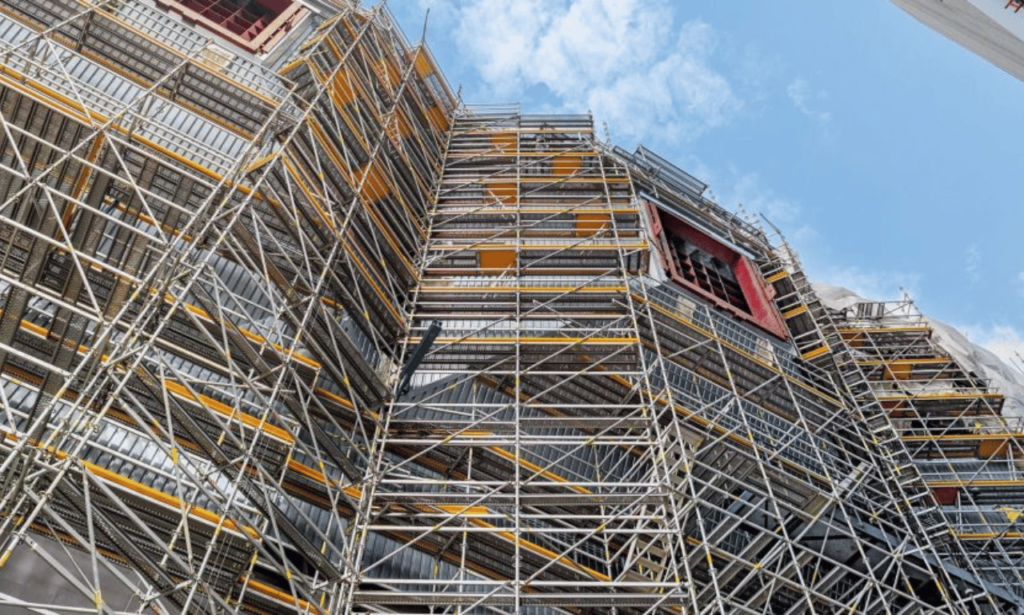
An example of an engineering solution for scaffold ties on a crumbling facade is the renovation of a hospital in Greenville, SC. The old bricks on the building’s exterior had crumbled in many places, posing a challenge for securely anchoring the scaffolding. The engineering team developed a custom design that involved the use of welded brackets to anchor the scaffold beyond the brick, directly into the structural steel beams. This innovative solution ensured a secure and stable anchor for the scaffold, reducing the risk of additional damage to the facade and ensuring worker safety.
Custom Design for Secure Anchoring
During the renovation of the hospital, it was crucial to develop a custom design that addressed the unique challenges posed by the crumbling facade. The engineering team carefully evaluated the structural integrity of the building and identified the need for an anchor point beyond the weakened brick. By utilizing welded brackets, they were able to securely fasten the scaffold directly into the underlying structural steel beams, creating a reliable anchor point that could support the scaffolding system.
Benefits of the Engineering Solution
The custom design for secure scaffold anchoring on the crumbling facade offered several benefits. Firstly, it provided a stable and secure platform for workers to carry out their tasks without the risk of the scaffold dislodging or collapsing. Secondly, by anchoring the scaffold directly into the structural steel beams, the solution minimized the potential for additional damage to the already fragile brick facade. Finally, the innovative engineering solution showcased the expertise and ingenuity of the engineering team in developing tailored designs to meet the unique challenges of old building renovation projects.
Ensuring Worker Safety
The engineering solution for scaffold ties on the crumbling facade played a significant role in ensuring worker safety during the renovation project. By providing a secure scaffolding system, workers could carry out their tasks with confidence, knowing that the scaffold was securely anchored and stable. This reduced the risk of accidents and injuries caused by scaffold collapses or instability. The custom design and secure scaffold anchoring exemplify the importance of engineering expertise in mitigating risks and creating a safe working environment.
Importance of Working with the Right Scaffolding Engineers
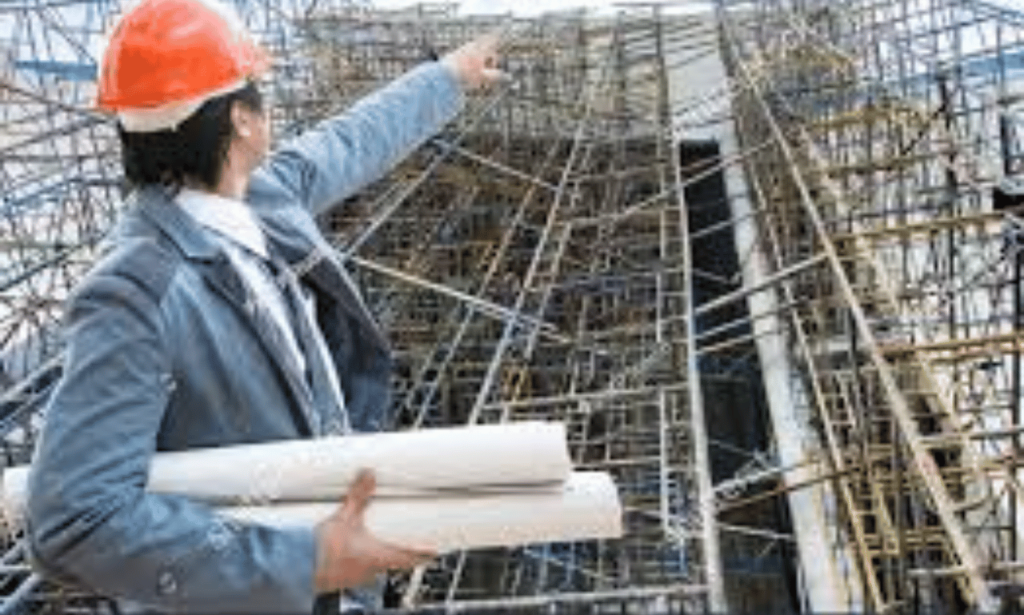
When it comes to facade scaffolding, working with professional engineers specializing in scaffold engineering is of utmost importance. These experts play a critical role in ensuring safe and efficient construction projects while maintaining the structural integrity of the building.
Professional engineers with expertise in scaffold engineering bring valuable guidance and custom solutions to the table. They possess the knowledge and experience necessary to evaluate the existing building structure and consider various securing methods tailored to the specific project requirements. By conducting a thorough analysis of the facade’s structural integrity, they can develop a strategic design approach that minimizes risks and maximizes safety.
By partnering with the right scaffolding engineers, construction projects can be executed with the highest level of safety. These professionals are well-versed in industry best practices and adhere to stringent standards to ensure compliance and protect workers on the job site. Their expertise enables them to identify potential hazards and mitigate them proactively, creating a secure work environment for everyone involved.
Advantages of Working with Professional Scaffold Engineers
There are several key advantages to working with professional scaffold engineers:
- Expertise: Scaffold engineers possess in-depth knowledge and expertise in their field. They are familiar with the latest industry standards and regulations, ensuring that the construction project meets all necessary safety requirements.
- Custom Design: Scaffold engineers can develop custom designs tailored to the unique requirements of each project. This allows for optimal access to the facade while ensuring stability and safety.
- Risk Assessment: Scaffold engineers conduct thorough risk assessments to identify potential hazards and develop strategies to mitigate them. This proactive approach minimizes the likelihood of accidents and keeps workers safe.
- Structural Integrity: Scaffold engineers evaluate the structural integrity of the building to determine the best anchoring methods and ensure that the scaffolding system is securely installed. This prevents damage to the facade and ensures the stability of the structure.
Working with the right scaffolding engineers is essential to achieving safe construction projects with the highest standards of quality. Their expertise and attention to detail contribute to the overall success of the project and the long-term integrity of the building’s exterior.
Types of Scaffolding Systems for Facade Access
When it comes to accessing the facade of a building for construction projects, there are various types of scaffolding systems available. Each system offers unique features and benefits that cater to specific project requirements. Let’s explore some of the common types of scaffolding systems used for facade access:
1. Modular Scaffolding Systems
Modular scaffolding systems are highly popular in construction due to their versatility and efficiency. These systems consist of pre-fabricated components that can be easily assembled and disassembled, resulting in faster erection times. They offer high load-bearing capacities and ensure the safety of workers on elevated platforms. Modular scaffolding systems also provide flexibility for geometrical adjustments, thanks to their nodal points for connecting components.
2. Frame Scaffolding
Frame scaffolding is commonly used for 3D scaffolding construction, allowing for a high tempo of work. It features a frame structure with vertical and horizontal members that provide a stable and secure platform for workers. Frame scaffolding is known for its simplicity of assembly and disassembly, making it an ideal choice for projects with time constraints.
3. Working Platforms
Working platforms are essential components of facade scaffolding systems. These platforms provide a stable and safe area for workers to perform construction activities at various heights. They are typically made from strong and durable materials, ensuring the safety of workers even in demanding conditions.
4. Reinforcement Scaffold
Reinforcement scaffolds are commonly used on construction sites to provide additional support and stability to the facade scaffolding system. They consist of reinforced components that enhance the load-bearing capacity and structural integrity of the scaffolding. Reinforcement scaffolds are particularly useful in projects that involve heavy materials or complex geometries.
5. Industrial Scaffolding
Industrial scaffolding is specifically designed for accessing and working on installations found in industrial settings. These scaffolding systems often feature specialized components and accessories to cater to the unique requirements of industrial facilities. They provide safe and easy access to elevated platforms, ensuring efficient workflow and worker safety.
When selecting the appropriate scaffolding system for facade access, it is crucial to consider the specific needs of the project. Factors such as project duration, required load capacity, and site conditions play a vital role in determining the ideal scaffolding system to ensure efficient and safe construction.
See the table below for a quick comparison of the different scaffolding systems:
| Scaffolding System | Key Features |
|---|---|
| Modular Scaffolding Systems | Fast erection times, high load-bearing capacities, flexibility in geometrical adjustments |
| Frame Scaffolding | Simple assembly and disassembly, suitable for 3D scaffolding construction |
| Working Platforms | Stable and safe areas for workers, made from strong and durable materials |
| Reinforcement Scaffold | Additional support and stability, enhanced load-bearing capacity |
| Industrial Scaffolding | Specialized components, safe and easy access to installations in industrial settings |
Occupational Health and Safety Standards for Facade Scaffolding
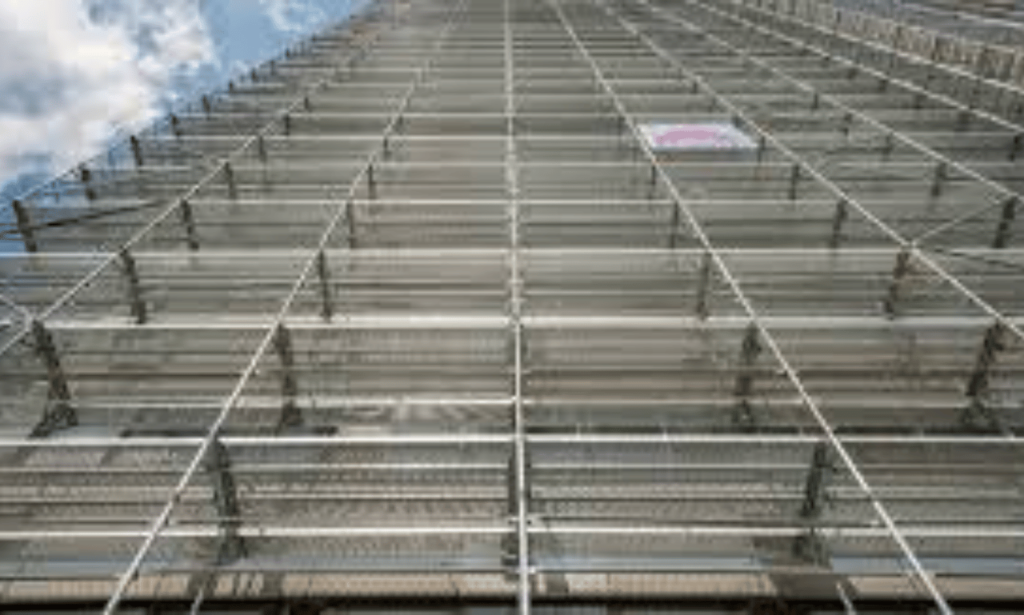
Occupational health and safety standards are of paramount importance in the realm of facade scaffolding. These standards are put in place to ensure the safety of workers and the overall integrity of the scaffolding structures. Compliance with country-specific legislation and standards is essential to guarantee secure scaffolding assembly, proper bracing and anchoring, and sufficient load-bearing capacity.
By adhering to these standards, construction companies prioritize the well-being of workers and mitigate the risks associated with facade scaffolding. Stringent regulations ensure that scaffolding structures are sturdy, secure, and capable of bearing the intended loads safely. This helps to prevent accidents, injuries, and potential damage to the building under construction.
During the assembly and dismantling of facade scaffolding, safety protocols must be strictly followed. This includes proper bracing to stabilize the structure and prevents collapse or movement. Adequate anchoring ensures that the scaffold is firmly attached to the building, providing stability and preventing accidents.
Furthermore, occupational health and safety standards require careful consideration of the load-bearing capacity of the scaffolding system. The scaffold must be designed and constructed to support not only the weight of the workers but also any additional materials and equipment required for the construction process.
Overall, compliance with these occupational health and safety standards is vital for the successful and safe execution of facade scaffolding projects. By prioritizing the well-being of workers and ensuring the stability of the scaffolding structures, construction companies can deliver projects with confidence and adhere to the highest safety standards.
| Occupational Health and Safety Standards for Facade Scaffolding |
|---|
| Ensure secure scaffolding assembly |
| Promote proper bracing and anchoring |
| Maintain sufficient load-bearing capacity |
Narrow Facade Scaffolding for Building Work
Narrow facade scaffolding is a specialized solution specifically designed for building work on the front of a structure. It offers secure and stable working platforms, enabling construction activities while ensuring the safety of workers accessing elevated areas. This type of scaffolding is commonly used in conjunction with reinforcement scaffold to provide additional stability and support for workers on the facade.
The compact design and tailored dimensions of narrow facade scaffolding make it highly efficient for construction work on the building’s exterior. Its slim profile allows for easy maneuverability and access to tight spaces, making it ideal for projects that require precision and limited workspace. Whether it’s for maintenance, repairs, or renovations, narrow facade scaffolding provides a reliable solution that maximizes efficiency and productivity.
Benefits of Narrow Facade Scaffolding
1. Enhanced Safety: Narrow facade scaffolding ensures workers can perform tasks at height with confidence and stability. The secure working platforms and proper anchoring systems minimize the risk of accidents and falls, prioritizing worker safety.
2. Efficient Workflow: The tailored dimensions of narrow facade scaffolding enable seamless access to elevated areas and tight spaces, allowing construction work to proceed smoothly and efficiently.
3. Versatility: Narrow facade scaffolding can be used for a wide range of building work, including painting, window installation, facade repairs, and other maintenance activities.
4. Cost-effectiveness: By utilizing narrow facade scaffolding, construction companies can optimize their resources and reduce unnecessary expenses. The efficient design minimizes material and labor costs while maximizing productivity.
Comparison of Narrow Facade Scaffolding and Standard Scaffolding
| Narrow Facade Scaffolding | Standard Scaffolding |
|---|---|
| Designed specifically for building work on the front of a structure | Used for general construction purposes |
| Compact design for easy maneuverability | Larger footprint for broader construction projects |
| Tailored dimensions for accessing tight spaces | Offers more space for equipment and materials |
| Provides secure working platforms | Can support heavier loads |
| Designed for efficiency and productivity | Suitable for a wide range of construction needs |
Narrow facade scaffolding is a valuable tool for building work, offering enhanced safety, efficiency, and cost-effectiveness. Its tailored design and compact dimensions ensure easy access to elevated areas while providing stability and support for workers. By utilizing narrow facade scaffolding, construction projects can be executed with precision, optimizing resources and maximizing productivity.
The Benefits of Custom Engineered Facade Scaffolding
Custom engineered facade scaffolding offers several benefits for safe and efficient construction projects. By working with specialized scaffold engineers, the scaffolding system can be designed to provide optimal access to the facade while ensuring worker safety. Custom designs take into account the specific requirements of the project, considering factors such as the building’s geometry, wind loads, and construction materials. This tailored approach ensures an efficient workflow and minimizes the risk of damage to the building’s exterior.
When it comes to safe construction, custom engineered facade scaffolding plays a vital role. By collaborating with experienced scaffold engineers, the scaffolding system can be tailored to the unique needs of the project. Specialized design techniques are employed to ensure optimal access to the facade, allowing workers to perform their tasks efficiently and securely.
One of the primary advantages of custom engineered facade scaffolding is its ability to account for the specific requirements of each project. Whether it’s a high-rise building, a historical renovation, or a challenging geographical location, the scaffold engineers understand the importance of adapting the design to the building’s geometry, wind loads, and construction materials. This results in a secure scaffolding system that caters specifically to the project’s needs, providing optimal access to the facade while maintaining the highest standards of safety.
Efficiency is another key benefit of custom engineered facade scaffolding. With a specialized design, the scaffolding system is precisely tailored to the project’s unique requirements, ensuring an optimized workflow. This not only improves productivity but also minimizes downtime and potential delays. By having a scaffold design that complements the construction process, workers can carry out their tasks efficiently and safely.
The safety of workers is paramount in any construction project, and custom engineered facade scaffolding prioritizes this aspect. With a specialized design, the scaffold engineers ensure that the scaffolding system provides a secure and stable work environment. This includes considering factors such as load-bearing capacity, wind resistance, and the overall structural integrity of the scaffolding. By implementing custom designs, the risk of accidents and injuries is minimized, ensuring a safe working environment for all workers involved.
To illustrate the benefits of custom engineered facade scaffolding, here is an image showcasing a well-designed scaffolding system in action:
Conclusion
Facade scaffolding is a vital component of safe and efficient construction projects. By working with professional scaffold engineers and utilizing custom design solutions, construction sites can ensure secure anchoring and optimal access for workers. The careful evaluation of the existing building structure and adherence to occupational health and safety standards are crucial for the successful execution of facade scaffolding projects. Prioritizing safety and leveraging the expertise of scaffold contractors enable construction projects to be carried out with confidence, effectively maintaining the integrity of the building’s exterior.
FAQ
What is facade scaffolding?
Facade scaffolding involves the use of temporary access platforms and exterior building structures to provide workers with a secure and stable work environment during construction projects.
Why is engineering important for scaffolding wall ties on a crumbling facade?
Engineering is crucial for securely anchoring the scaffolding system to a crumbling facade. It ensures the scaffold is safely anchored while minimizing the risk of additional damage to the building facade.
Can you provide an example of an engineering solution for scaffold ties on a crumbling facade?
Yes, for a hospital renovation in Greenville, SC, the engineering team used welded brackets to anchor the scaffold to the structural steel beams, bypassing the crumbled bricks and ensuring a secure anchor for the scaffold.
Why is it important to work with the right scaffolding engineers?
Professional scaffolding engineers have expertise in scaffold engineering and can provide valuable guidance and custom solutions to ensure safe and efficient construction while considering the structural integrity of the facade.
What types of scaffolding systems are used for facade access?
Various types of scaffolding systems are used for facade access, including modular scaffolding systems, frame scaffolding, working platforms, reinforcement scaffold, and industrial scaffolding.
What role do occupational health and safety standards play in facade scaffolding?
Occupational health and safety standards regulate the requirements for scaffold assembly, bracing, anchoring, and load-bearing capacity to ensure the safety of workers and the structural integrity of the scaffolding.
What is narrow facade scaffolding?
Narrow facade scaffolding is specifically designed for building work on the front of a structure. It provides working platforms for construction activities and ensures access to elevated areas in a compact design.
What are the benefits of custom engineered facade scaffolding?
Custom engineered facade scaffolding offers optimal access to the facade while ensuring worker safety. It takes into account the specific requirements of the project, resulting in an efficient workflow and minimized risk of damage to the building exterior.
What are the key considerations in facade scaffolding?
Key considerations in facade scaffolding include the expertise of professional scaffold engineers, secure anchoring, adherence to health and safety standards, and custom designs for safe and efficient construction.


